Ever look at your yard and think, “Why can’t I have a butterfly garden like those Instagram posts?”
Or maybe you’re tired of boring grass and want to see Monarchs, Swallowtails, and Painted Ladies flitting around.
You’re not alone.
A lot of us want a butterfly garden, but we don’t know where to start.
Or we think it’s too much work, too expensive, or just for “garden people.”
Let’s cut the fluff.
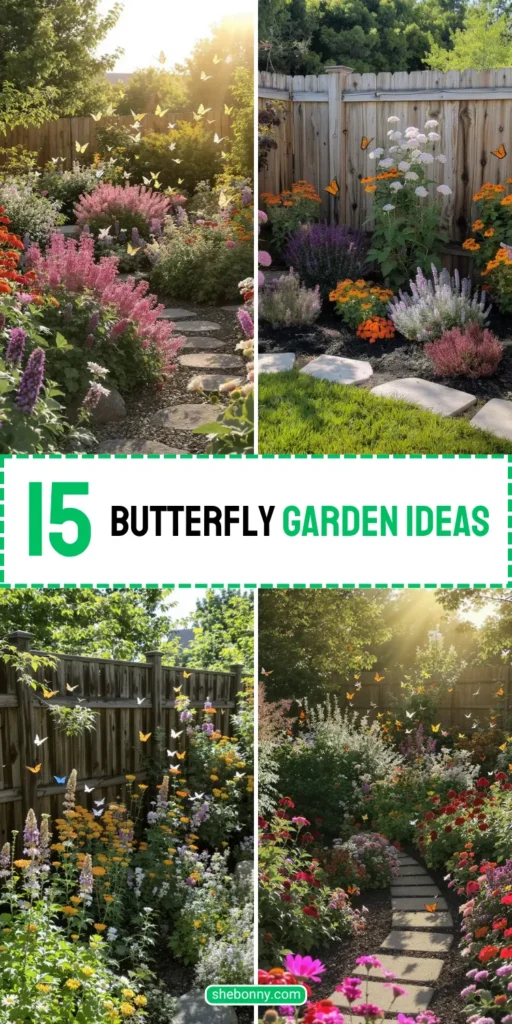
I’m going to give you 15 butterfly garden ideas that actually work, with real examples, and zero nonsense.
You’ll get the basics, the hacks, and the stuff nobody tells you.
Let’s get into it.
1. Start Small: Container Butterfly Gardens
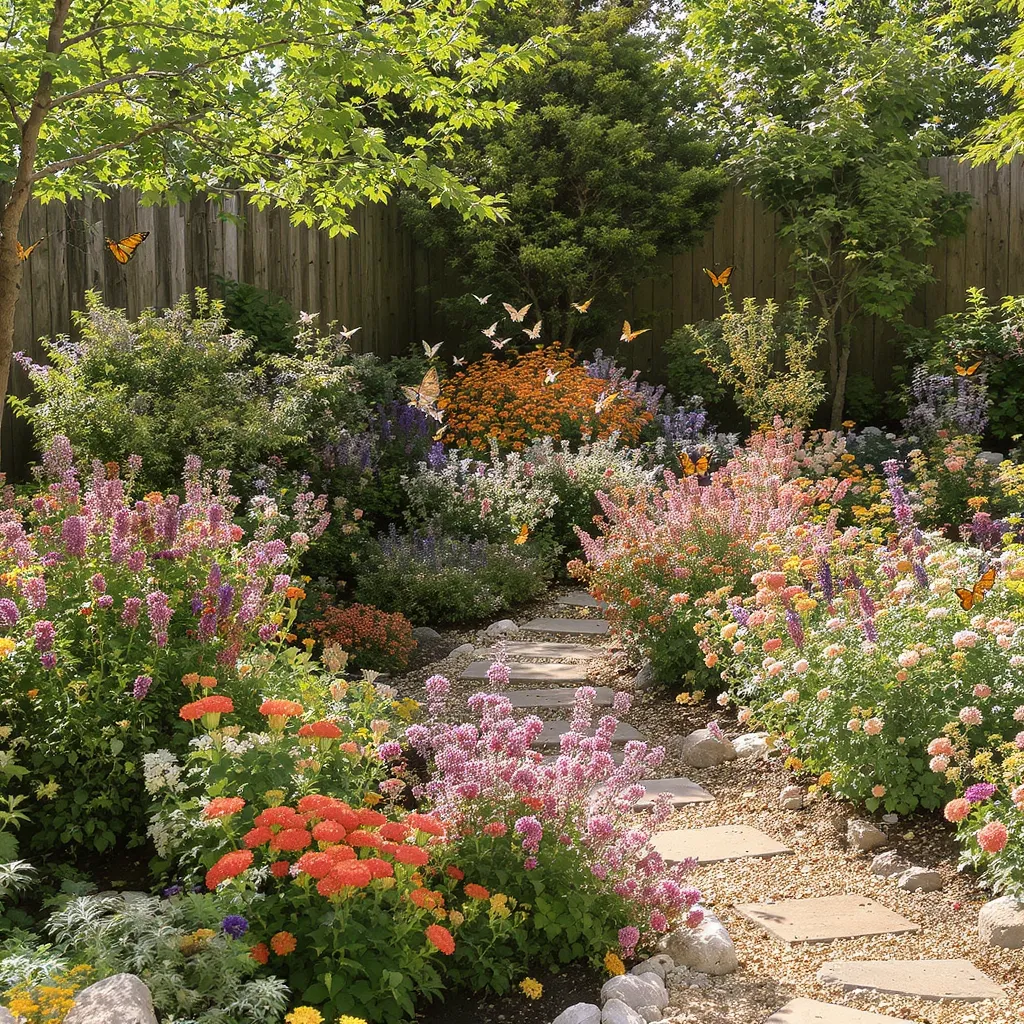
You don’t need a huge yard.
Grab a few pots, fill them with nectar-rich flowers like zinnias, lantana, and pentas.
Place them on your patio, balcony, or even your front steps.
Butterflies don’t care about your square footage—they care about the flowers.
I started with three pots and saw Monarchs in a week.
Pro tip: Use different heights for your containers to create layers.
This gives butterflies more landing spots.
2. Go Native with Your Plants
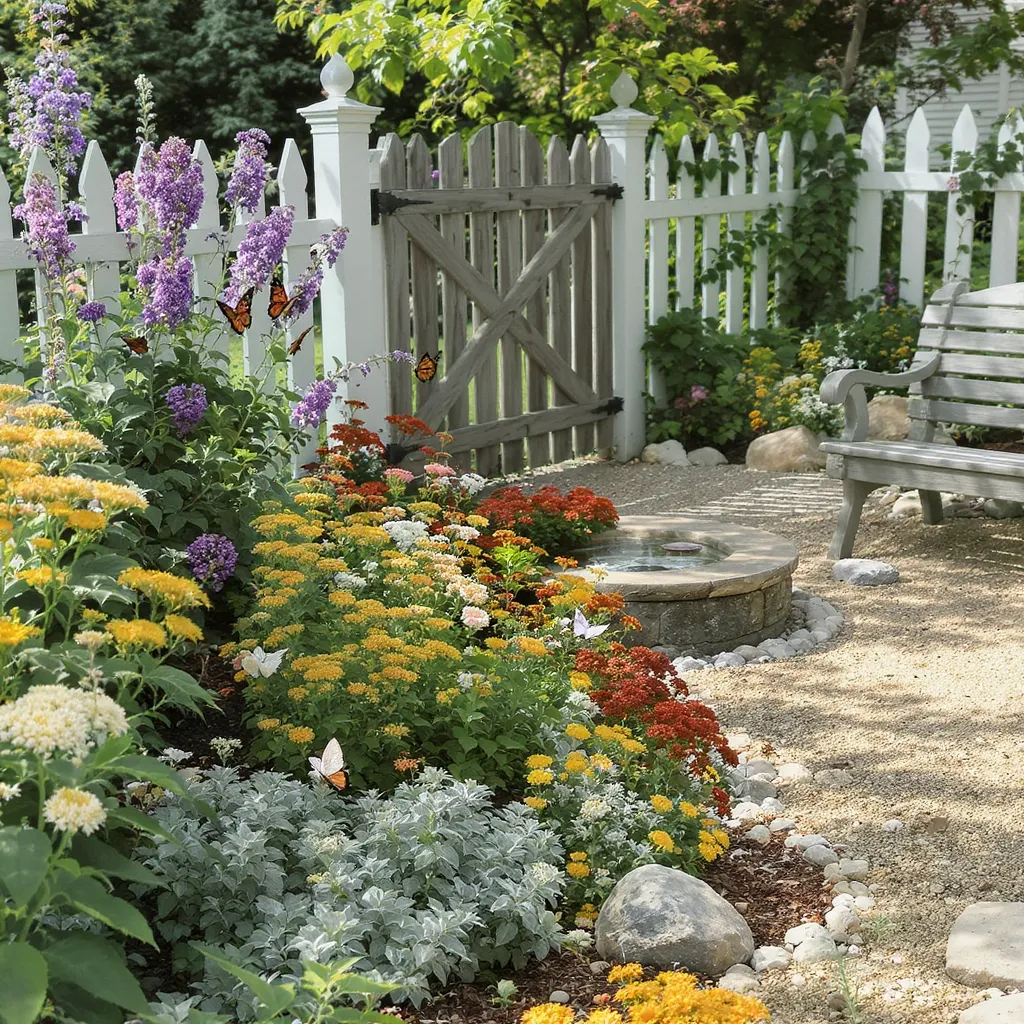
Native plants are the secret sauce for any butterfly garden.
They’re adapted to your local climate, so they need less water and care.
Plus, local butterflies recognize them as food.
Look up your state’s native plant list—think milkweed for Monarchs, coneflowers for Swallowtails, and black-eyed Susans for Painted Ladies.
I swapped out my petunias for native milkweed, and suddenly my garden was a Monarch magnet.
3. Create a Butterfly Buffet: Plant in Clusters
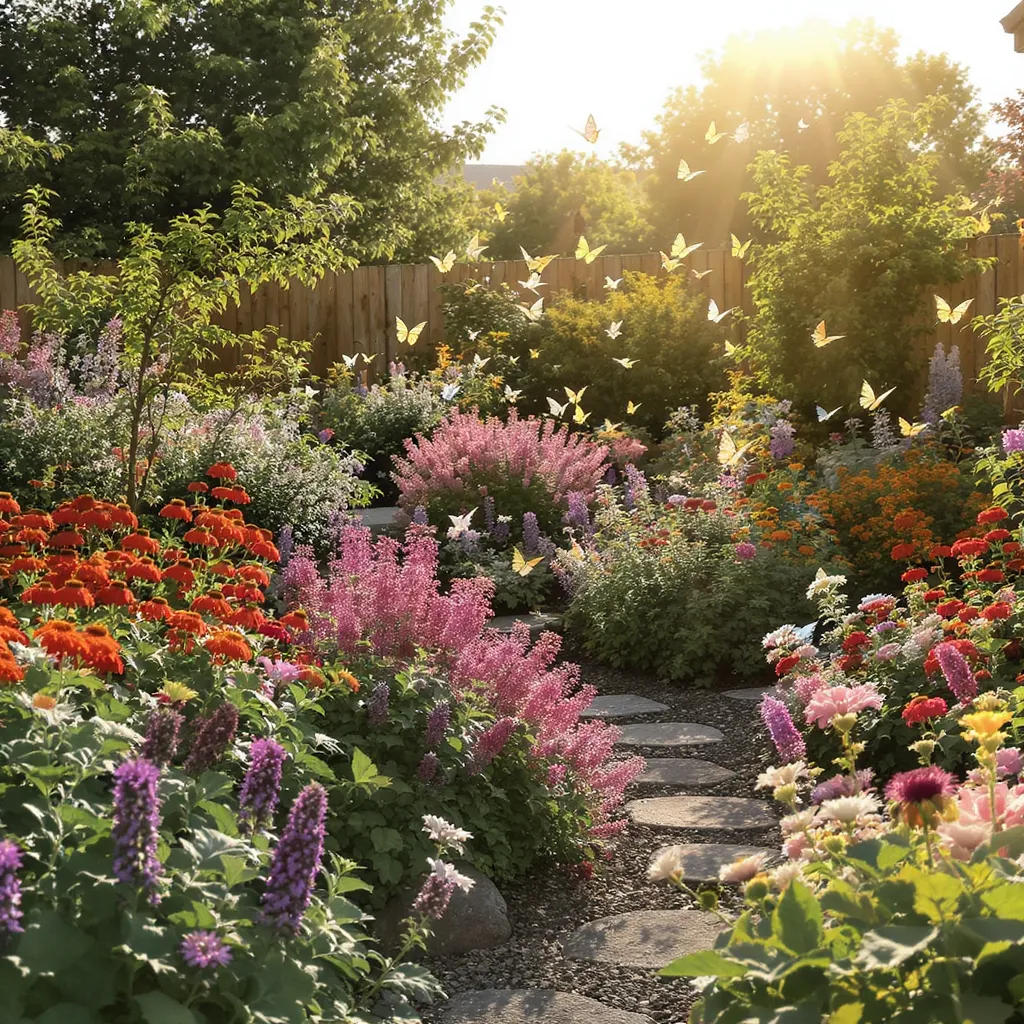
Butterflies are like us at a buffet—they want options.
Plant your flowers in clusters of the same type.
This makes it easier for butterflies to spot them and feed.
For example, plant a big patch of purple coneflowers instead of one here and one there.
It’s like putting out a giant “Open” sign for butterflies.
4. Add Host Plants for Caterpillars
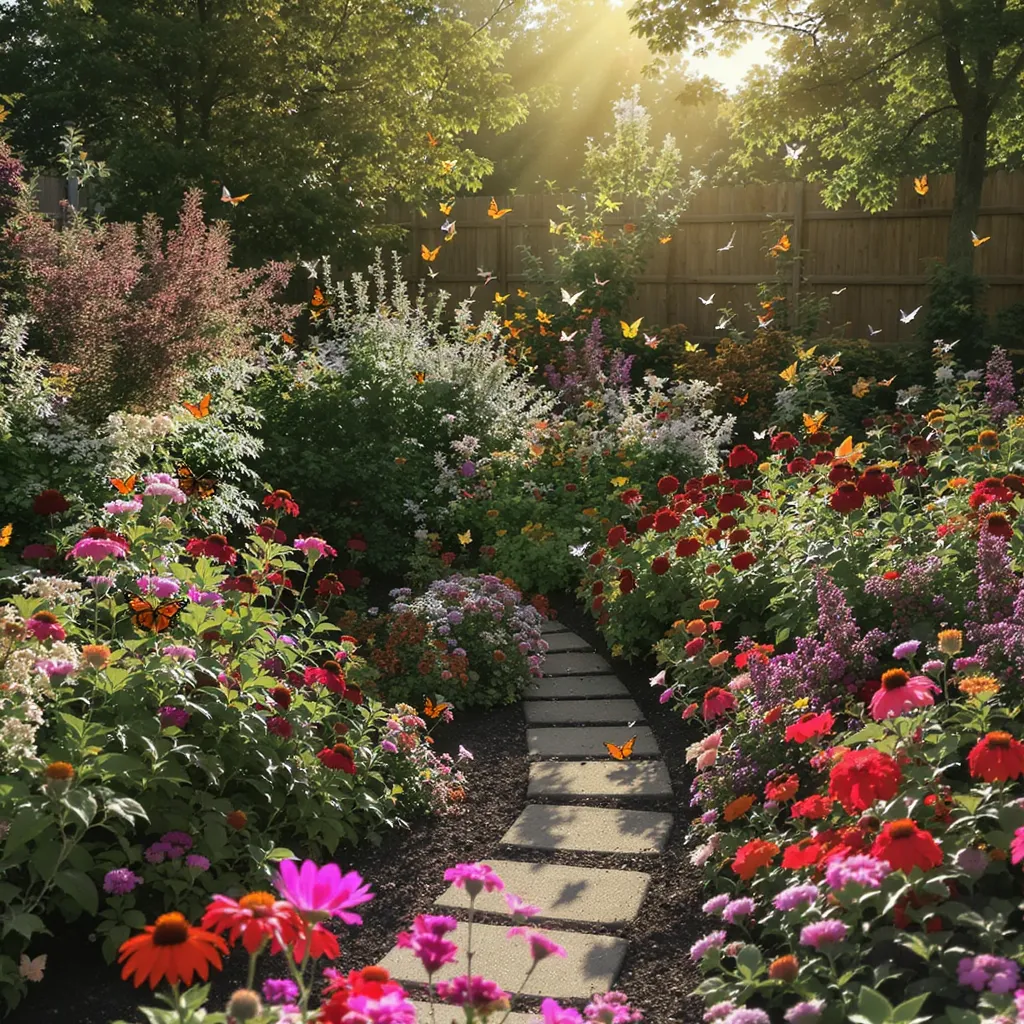
If you want butterflies, you need caterpillars.
Host plants are where butterflies lay their eggs and caterpillars munch away.
Monarchs need milkweed.
Black Swallowtails love parsley, dill, and fennel.
Plant these, and you’ll see the whole butterfly life cycle in your yard.
Watching caterpillars grow is wild—my kids love it.
5. Keep It Sunny
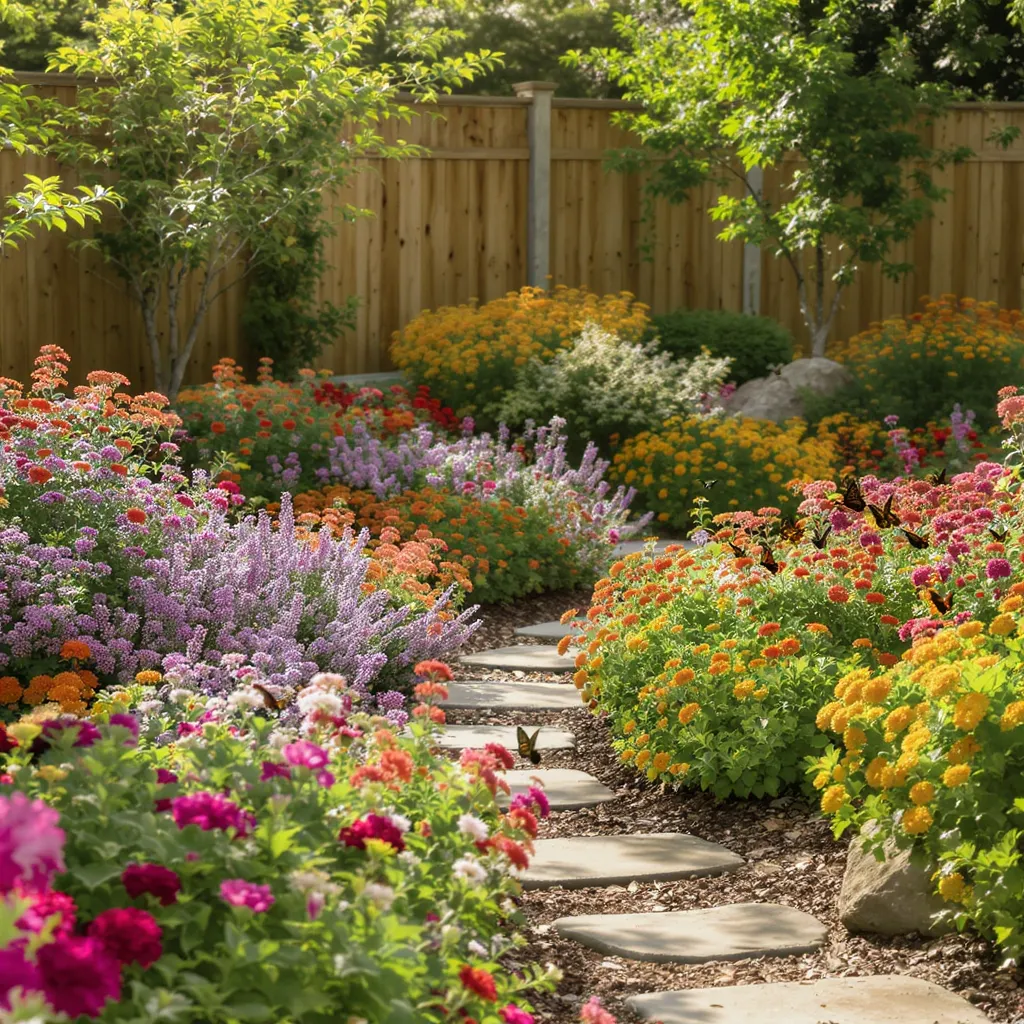
Butterflies are sun worshippers.
They need warmth to fly and feed.
Pick a spot that gets at least 6 hours of sun a day.
If your yard is shady, trim back a few branches or move your containers to a sunnier spot.
No sun, no butterflies.
Simple as that.
6. Skip the Pesticides
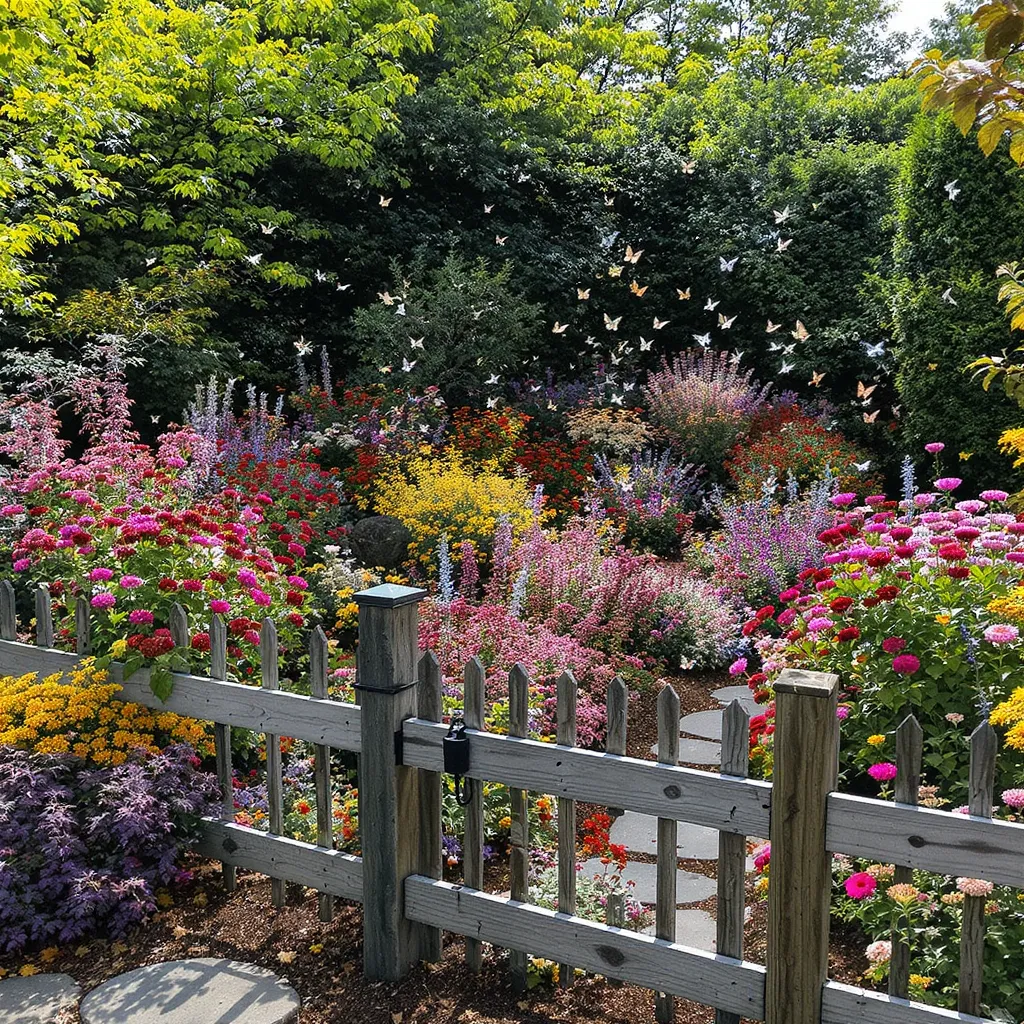
This one’s huge.
Pesticides kill butterflies, caterpillars, and the good bugs you want.
Go organic.
If you have aphids, blast them off with water or let ladybugs handle it.
I stopped using sprays, and my butterfly numbers shot up.
Your garden will be healthier, too.
7. Add a Mud Puddle
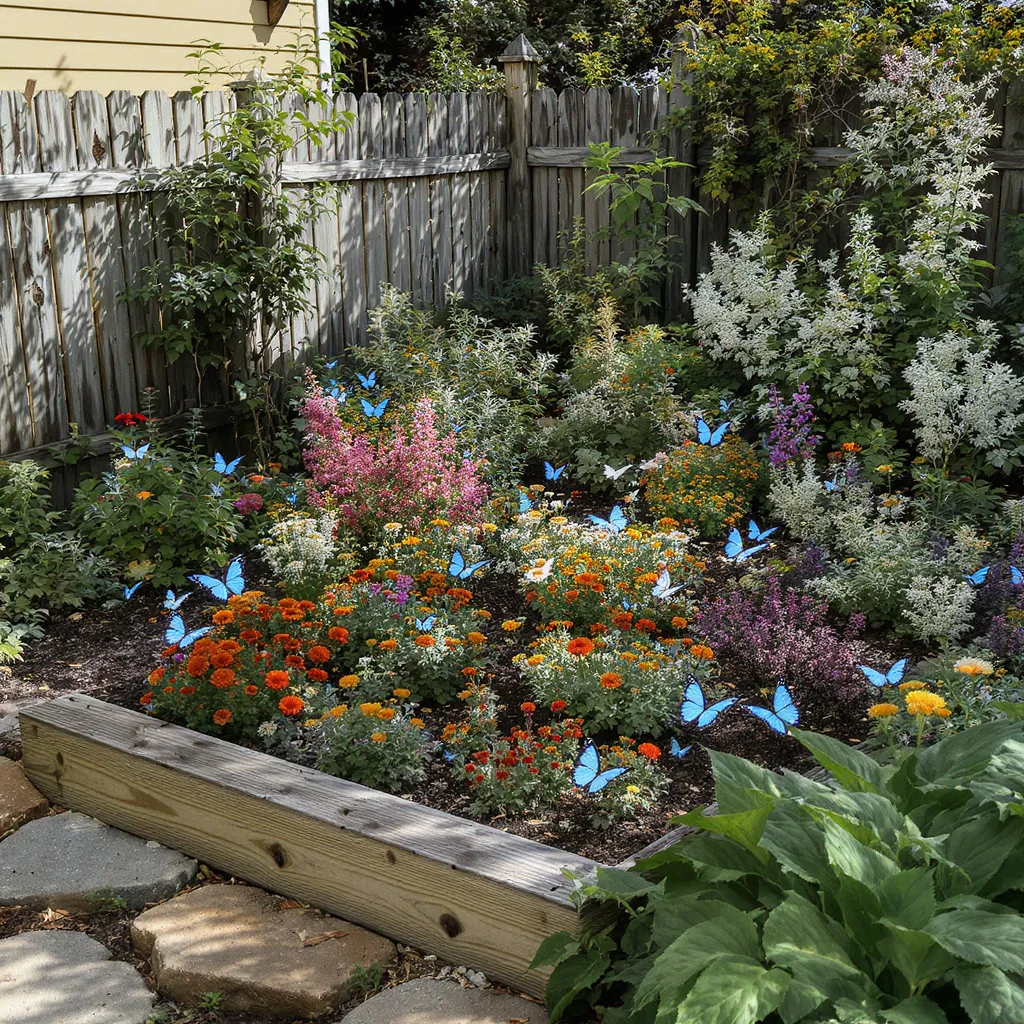
Butterflies need water, but not a birdbath.
They love “puddling”—sipping minerals from wet soil.
Dig a shallow hole, fill it with sand and water, and let it get a little muddy.
You’ll see butterflies land and drink, especially on hot days.
It’s like a butterfly spa.
8. Mix Up Your Bloom Times
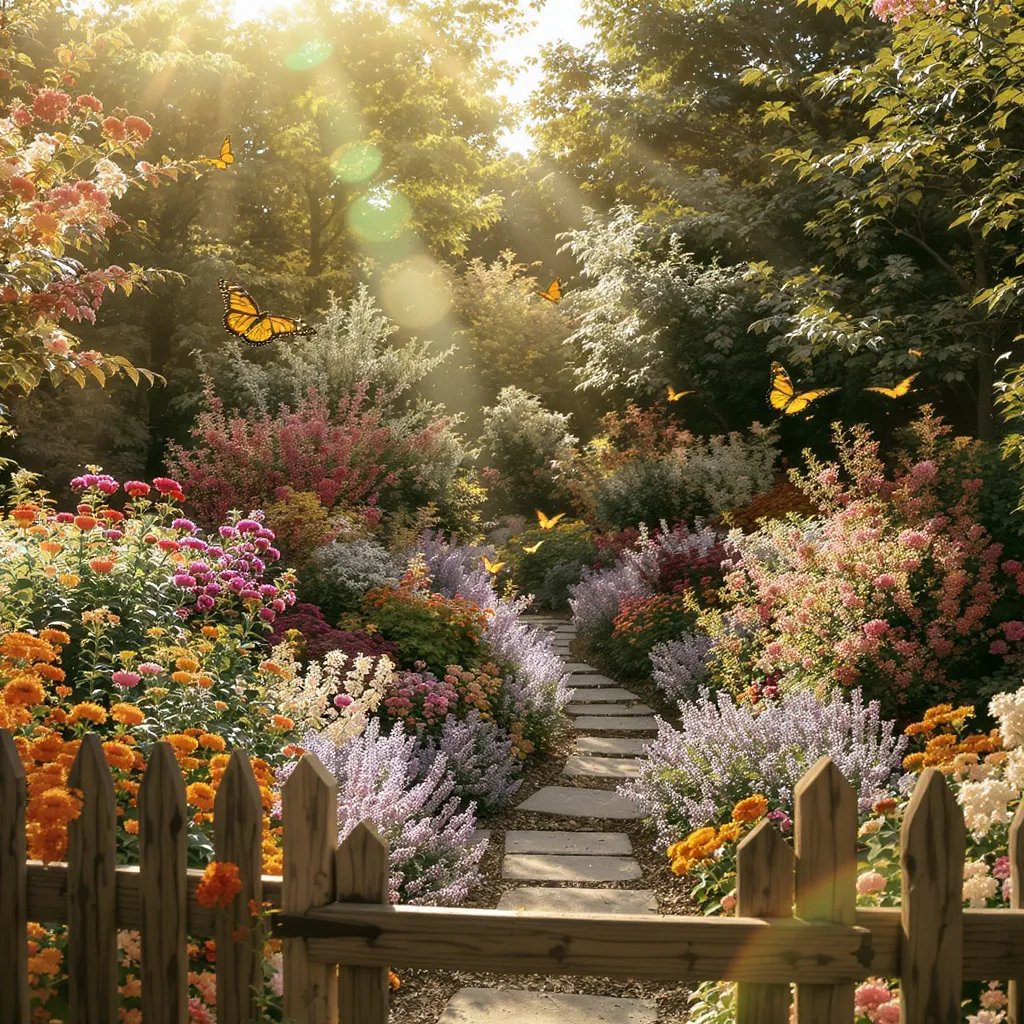
Want butterflies all season?
Plant flowers that bloom at different times—spring, summer, and fall.
Early bloomers like phlox, midsummer stars like bee balm, and late bloomers like asters keep the buffet open.
I made this switch, and now I have butterflies from April to October.
9. Add Flat Stones for Sunbathing
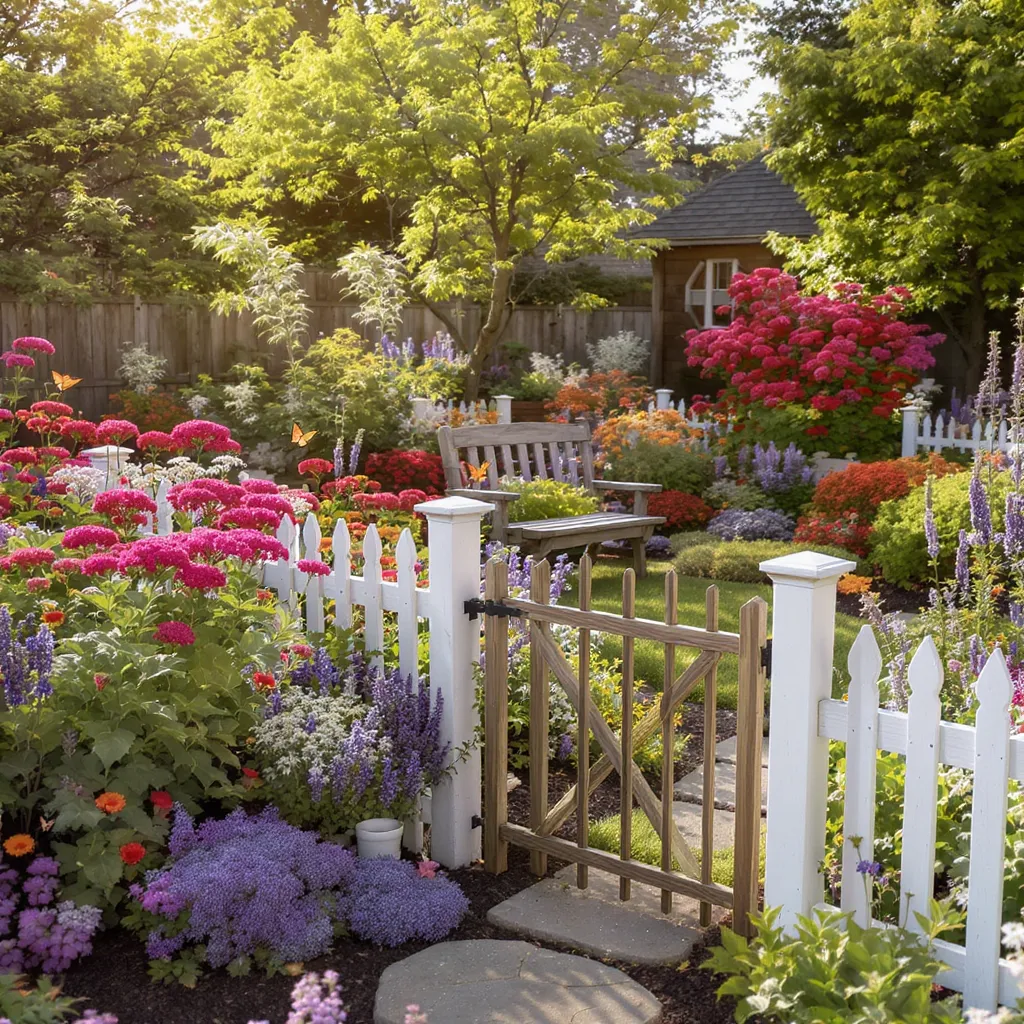
Butterflies love to bask in the sun.
Put a few flat rocks in your garden.
They’ll land, spread their wings, and soak up the heat.
It’s fun to watch, and it gives them the energy to fly.
Plus, it looks cool.
10. Grow Vertical: Vines and Trellises

Don’t waste vertical space.
Plant butterfly-friendly vines like passionflower or clematis on a trellis or fence.
These provide food, shelter, and a place for butterflies to rest.
I added a passionflower vine, and now I get Gulf Fritillaries every summer.
11. Create Shelter from Wind
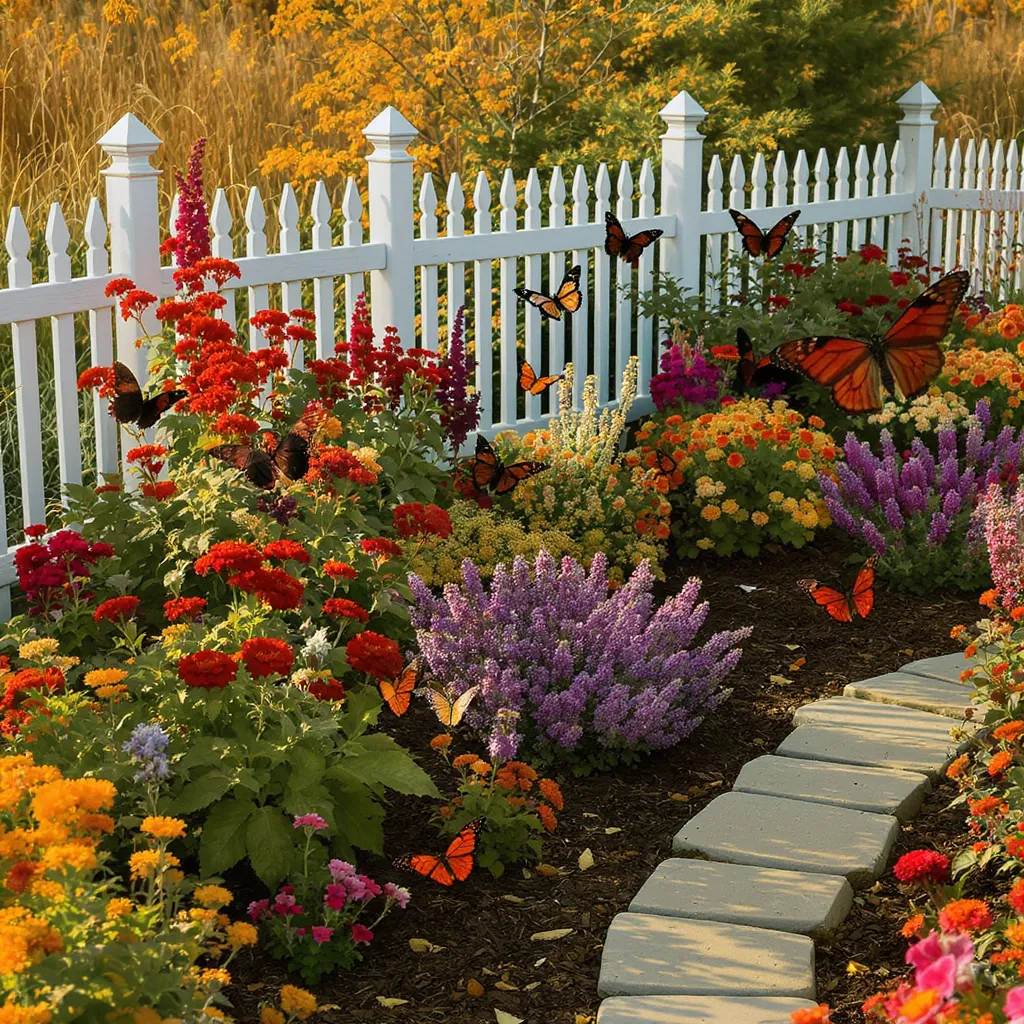
Butterflies are lightweights.
Strong wind blows them away.
Plant shrubs or put up a fence to block the wind.
Even a row of tall flowers can help.
This makes your garden a safe haven for butterflies to feed and lay eggs.
12. Use Bright Colors
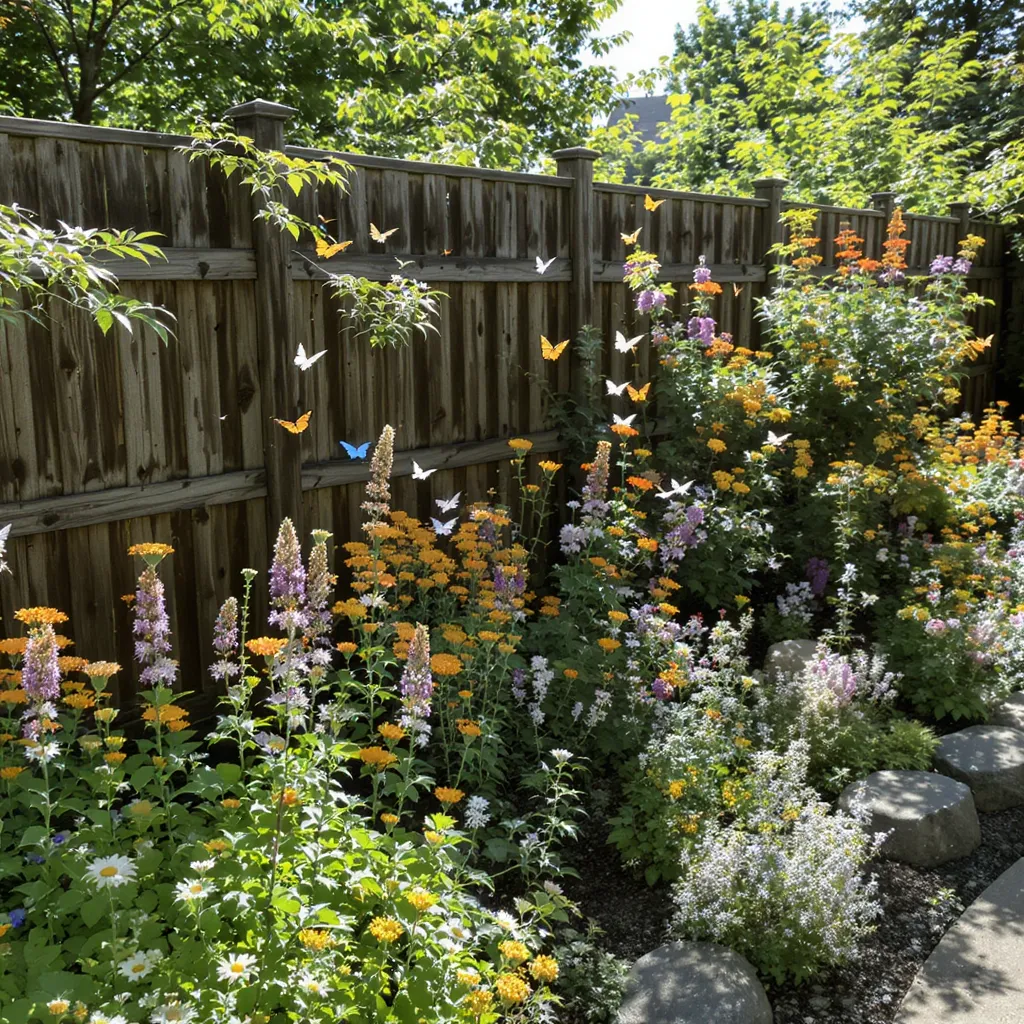
Butterflies are drawn to bright colors—red, orange, yellow, pink, and purple.
Mix these colors in your garden beds.
Zinnias, marigolds, and salvia are butterfly favorites.
I went heavy on the reds and oranges, and the difference was instant.
13. Let It Get a Little Wild
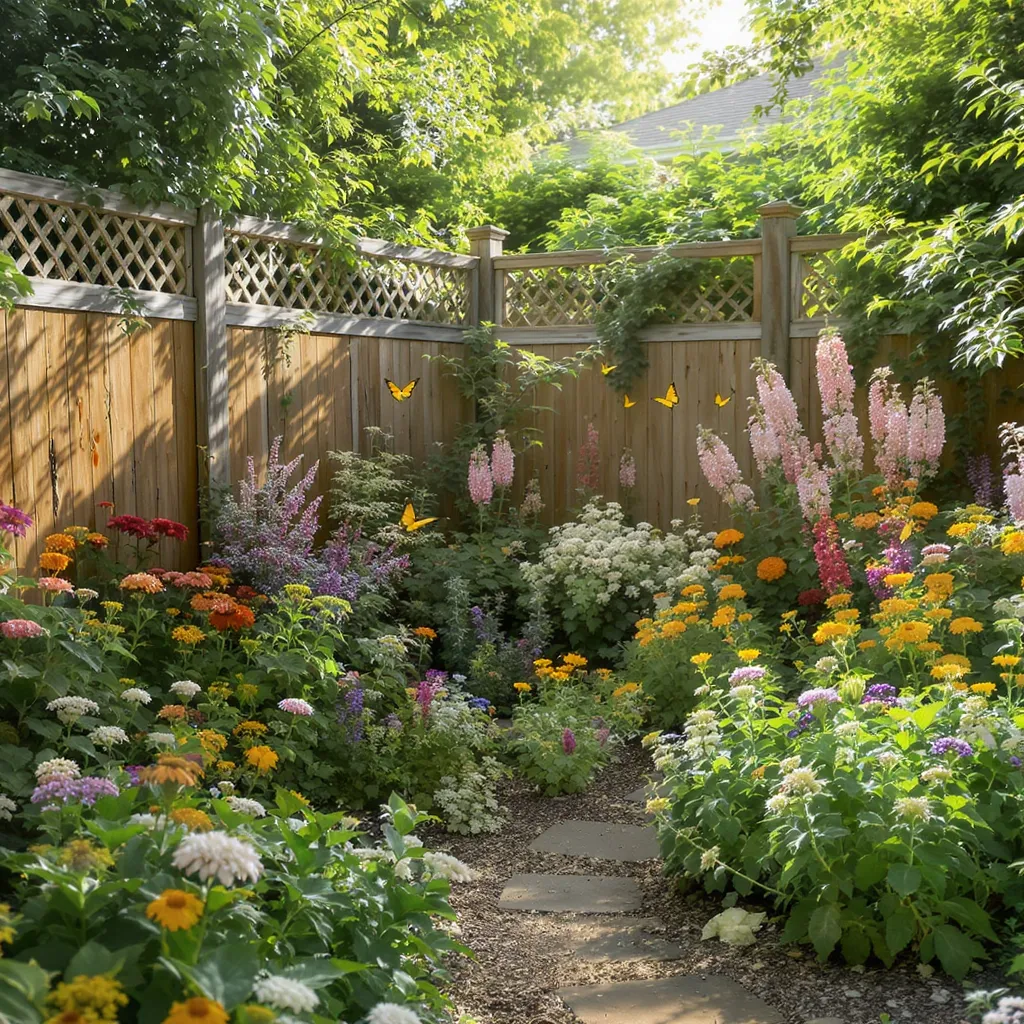
Butterflies love a messy garden.
Leave some leaves, let a few weeds grow, and don’t deadhead every flower.
This gives caterpillars places to hide and pupate.
My “wild corner” is always buzzing with life.
14. Add a Butterfly Feeder
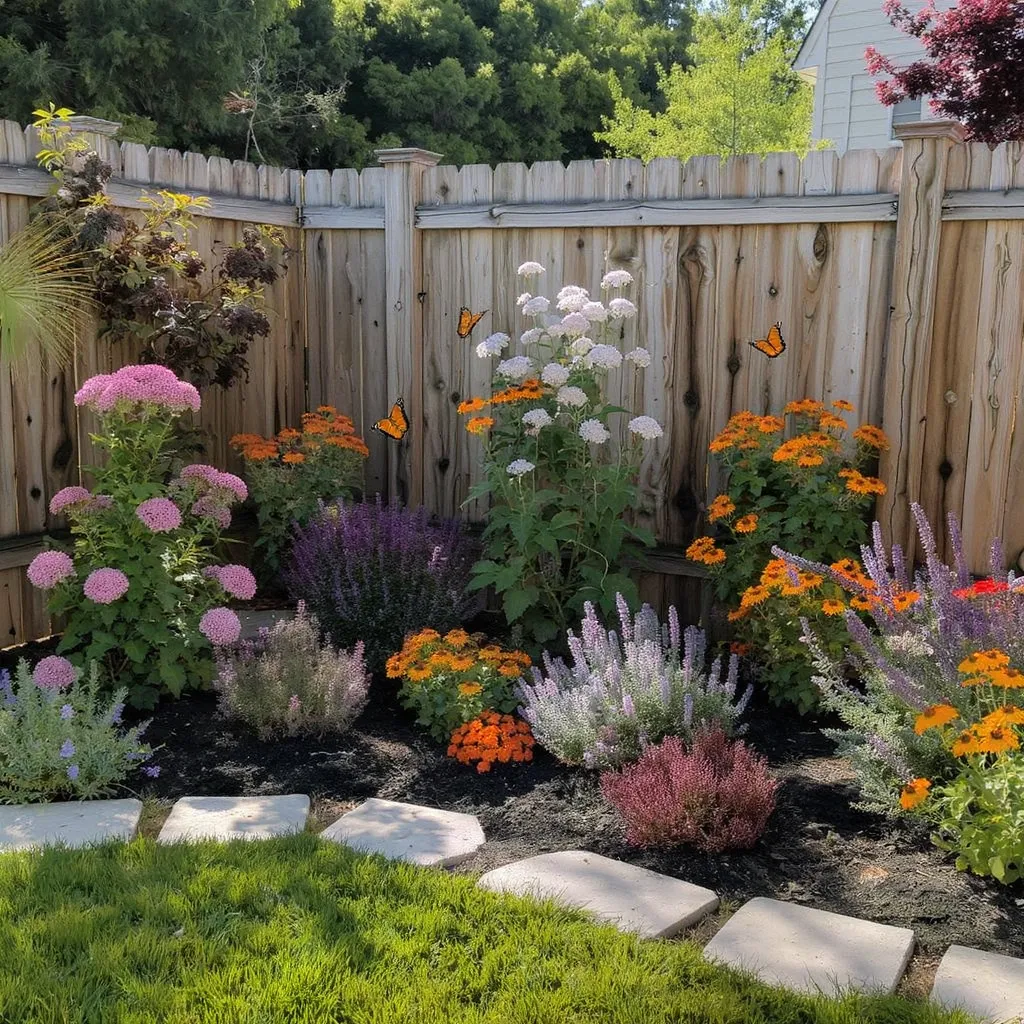
You can buy or DIY a butterfly feeder.
Fill it with a sugar-water solution and add a sponge for them to land on.
Place it near your flowers.
It’s not a must, but it can attract butterflies when flowers are scarce.
I made one from a mason jar and a kitchen sponge—cheap and effective.
15. Keep Learning and Observing
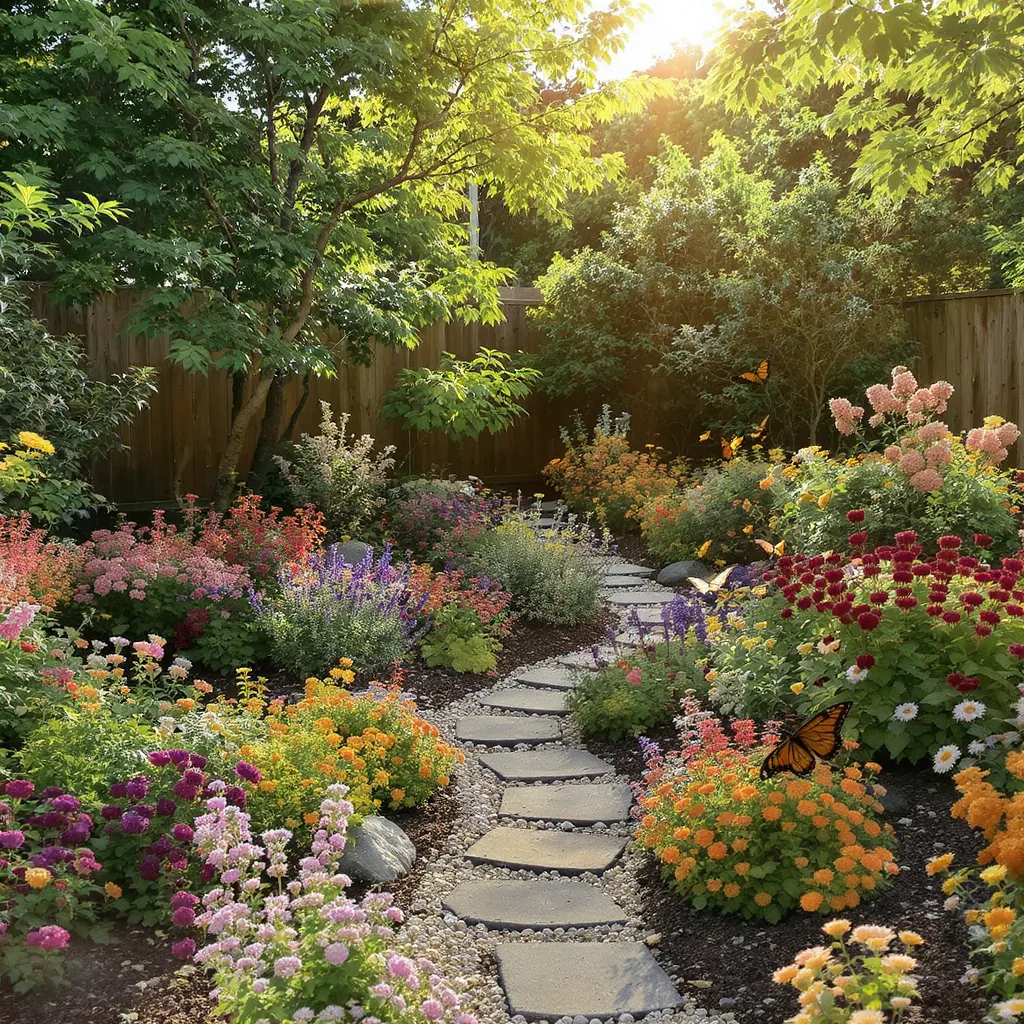
Every garden is different.
Watch which plants attract the most butterflies and plant more of those.
Join a local gardening group or check out butterfly garden guides online.
I learned a ton just by talking to neighbors and swapping tips.
The more you learn, the better your butterfly garden gets.
Final Thoughts
Building a butterfly garden isn’t about being perfect.
It’s about creating a space where butterflies want to hang out.
Start small, use native plants, skip the chemicals, and keep it sunny.
Try these 15 butterfly garden ideas and watch your yard come alive.
You’ll get color, movement, and a front-row seat to nature’s show.
And if you want more tips, check out the links above.
Your butterfly garden is just getting started.
15 butterfly garden ideas—that’s all you need to make it happen.